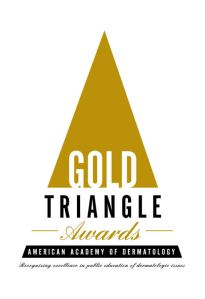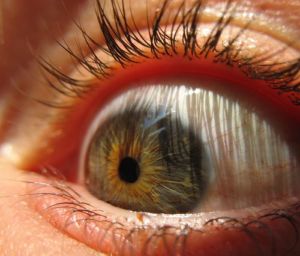|
School halls filmed for melanoma message
By Lynda Clancy
VillageSoup/Knox County Times Reporter
ROCKPORT (April 8): On April 2, a crew of Boston filmmakers fanned out through the lobby of Camden Hills Regional High School, stationing themselves on the stairs and in corners to grab that ideal clip, this time, of feet.
“I want the feet shot,” said producer Catherine Yeh, emphasizing that an elemental piece of this film would include a river of teenage boots, clogs, sandals and sneakers as the students passed from one class to another at exactly 12:48 p.m.
The population of 730 curious and spontaneously creative teens obliged the film crew, coolly accepting the Leica lens focused on them. When it came time for filming the biology class where fetal pigs were under dissection, it was as if cameras and sound equipment in a classroom were as consistently part of life as iPods.
 |
| Ashley Lindsey, left, confers with her biology teacher Jon Kerr about dissecting fetal pigs at Camden Hills Regional High School while film editor Alison Sherlock and sound editor Shane Bronson focus on her. (Photo by Lynda Clancy) |
“Everyone is really receptive and great to work with,” said Yeh, as the film crew lunched on pizza, carrots and hummus at the high school’s Wave Café.
Yeh, a graduate student at Emerson College, was in Rockport last week with colleague Gary Ashwal, filming health messages for the Melanoma Education Foundation to raise awareness of malignant melanoma skin cancer.
But it was sophomore Ashley Lindsey who took them specifically to Camden Hills and the Camden-Rockport Middle School. Almost four years ago, Lindsey was diagnosed with melanoma after she noticed one morning that a dark spot on her toe had begun to change.
Life suddenly made an abrupt turn for the then seventh-grader, and in a matter of weeks, she underwent surgery at Massachusetts General Hospital followed by daily commutes to Scarborough from Rockport for treatments. That eventually included a spell of immunotherapy to stimulate the body’s immune system to make more T cells and other cells to look for and attack the other abnormal cells, explained Cynthia Stevens, a nurse with the Maine Children’s Cancer Program, to Camden-Rockport Middle School seventh-graders in 2005.
Stevens spoke frankly to the seventh-graders, several of whom had then seen cancer arrive in one form or another in their own families. Their questions, in turn, reflected a familiarity with the language of cancer, chemotherapy and radiation. In an informal presentation, Stevens described cell systems and how they become cancerous, distinguishing between basal and squamous carcinomas and melanomas.
She talked about Lindsey’s treatment, which involved injections of interferon three times per week for 48 weeks, and the types of side effects she might experience – flu symptoms, fever and fatigue.
“In general, she wants you to know she’s doing well and that she’s the same person,” Stevens told the students in 2005.
These days, Lindsey is a vibrant and beautiful teenager living a normal Maine life, albeit with constant diligence paid to health and skin changes. Her schedule mandates visits to the dermatologist every three months, with subsequent testing for each new abnormality that develops on her skin, and to her oncologist every six months.
“We are so proud of Ashley, for the courage she has shown over the past three and a half years,” said her mother, Stephany Lindsey. “Oncology and dermatology appointments are ongoing and in Ashley’s case, a few setbacks have occurred along the way.”
While not one for the limelight, Lindsey is firmly committed to retelling her story so that her peers become more aware of skin cancer. She and four other New England teenagers are interviewed in the films that are being produced by Yeh, Ashwal and the Melanoma Education Foundation.
According to the American Cancer Society, melanoma is the most common cancer in young adults ages 25-29, but it can also occur during teenage years. Most sun damage occurs before age 20; however, less than one-third of U.S. youth ages 11-18 practice protective sun behaviors to protect themselves from sunburns and skin cancer. And melanoma among youth is still on the rise.
This is why the foundation intends to tell teens about skin cancer and the importance of early detection by routine skin self-examination, and it is doing it by talking with survivors and patients.
“We hope that Ashley’s story will be compelling to teens and preteens, as her diagnosis of melanoma at the age of 12 is so unique,” said Stephany Lindsey. “Ashley has always been willing to share her experience and talk about her scars, so participating in this educational video will be her way of getting her story out in her own words.”
|









